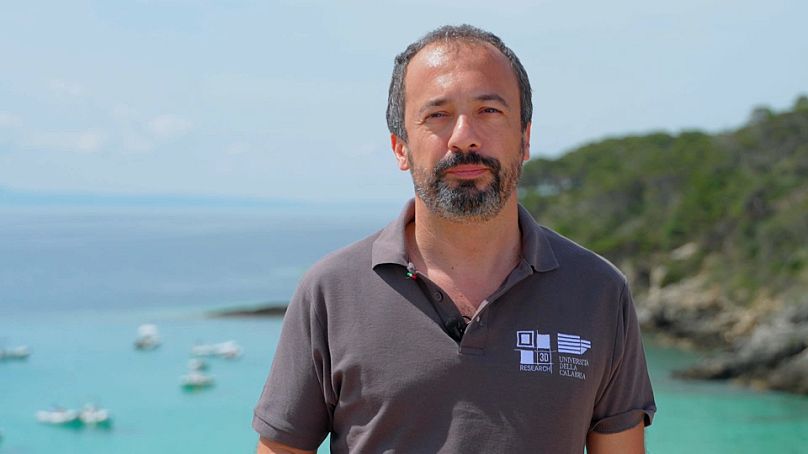Ocean speaks with Fabio Bruno, the coordinator of the European CREAMARE project, which uses interactive multimedia technologies to bring underwater cultural heritage to life.
The ocean holds countless archaeological treasures which, over the ages, have found their resting place on the seafloor.
Until recently, only skilled divers could explore these sites, but with the advent of new technologies, this remarkable heritage is now accessible to everyone.
In Isole Tremiti, Ocean spoke with Fabio Bruno, Associate Professor at the University of Calabria, about the CREAMARE project he coordinates.
"Beneath the waters lies a cultural treasure comprising of submerged cities and ancient shipwrecks, spanning 4000 years of history.
"These relics offer a captivating glimpse into our shared past - the civilisations that once navigated the seas, the trade routes, the unfortunate wars that unfolded, and the tragic events that left their mark.
"The underwater cultural heritage is scattered across the world's seas. The Mediterranean is one of its richest repositories, where encountering such historical wrecks becomes more attainable.
"Living in harmony with the marine environment, the underwater cultural heritage becomes a home for a plethora of marine species, which colonise and inhabit it. Thus, our mission is two-fold: to stress the significance of safeguarding this unique heritage while preserving the delicate and imperilled marine ecosystem.
"We have been focusing on creating virtual reality experiences, allowing people to explore these wonders through VR headsets and other tools. And more recently, we have also started to develop educational video games that allow people to learn about cultural heritage in general."












